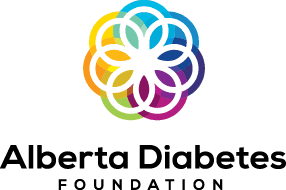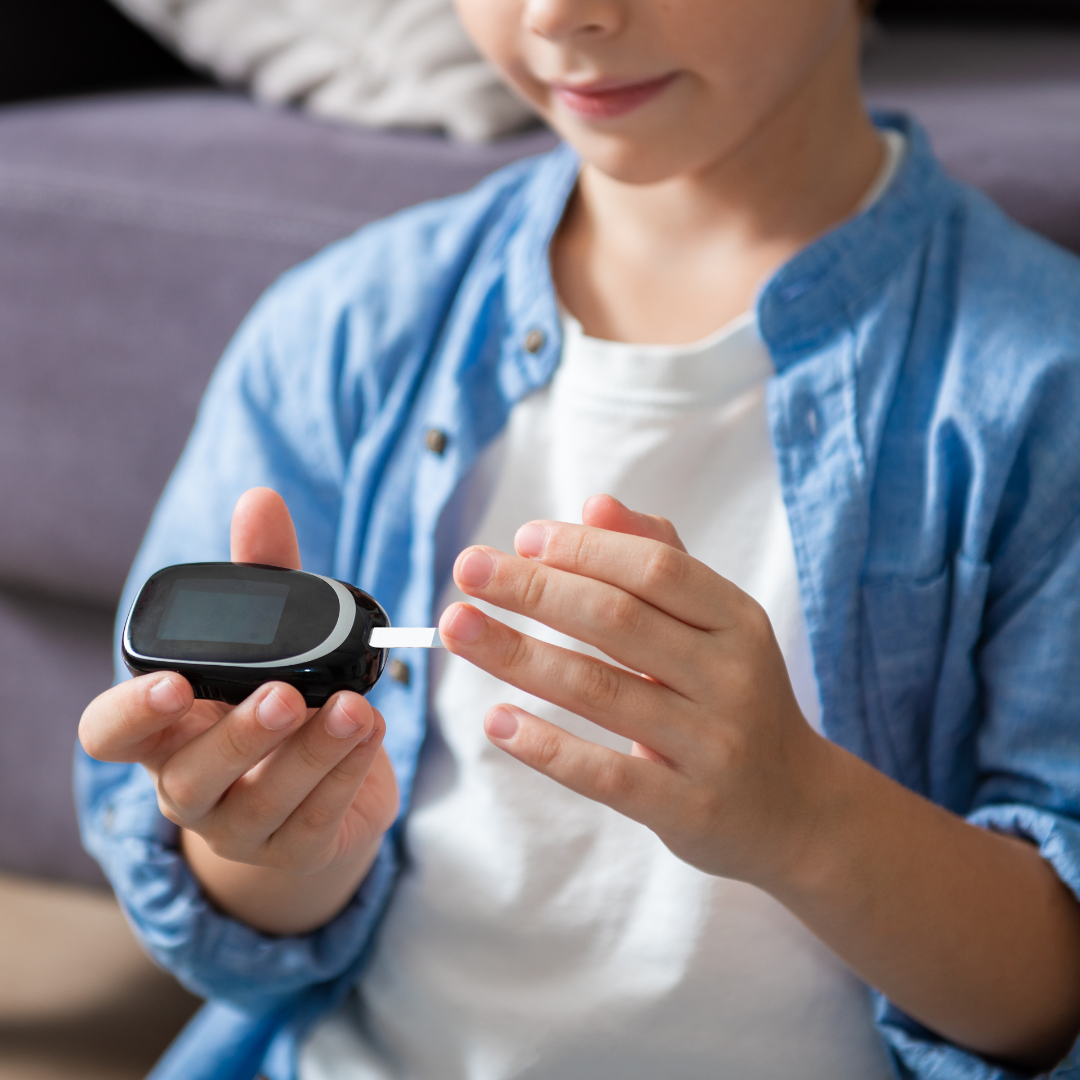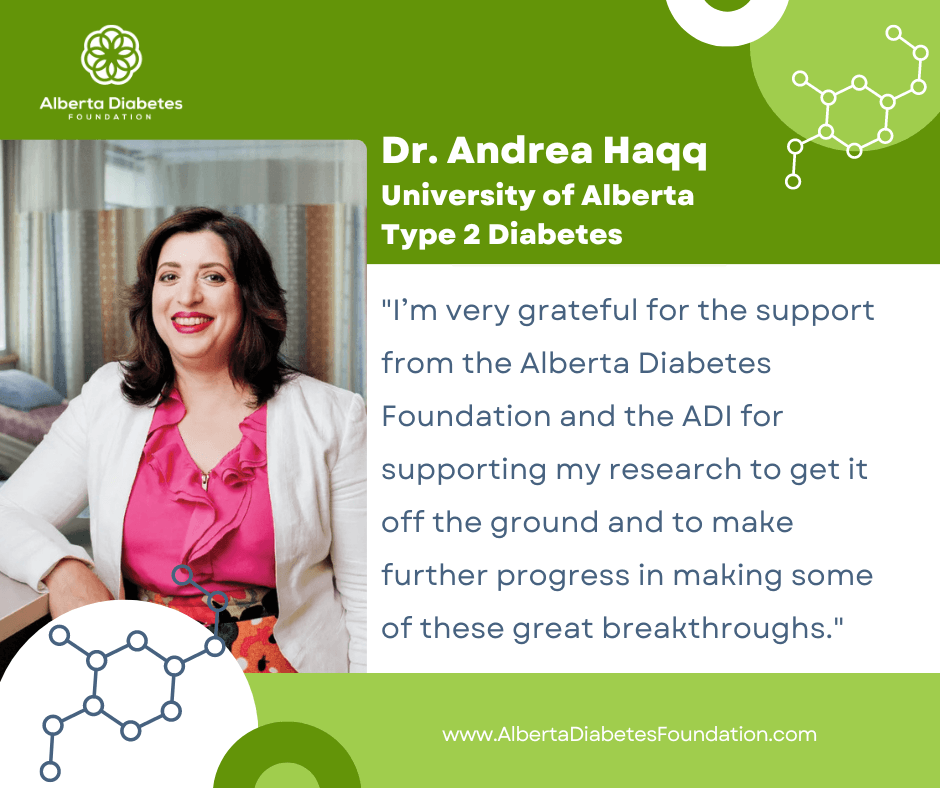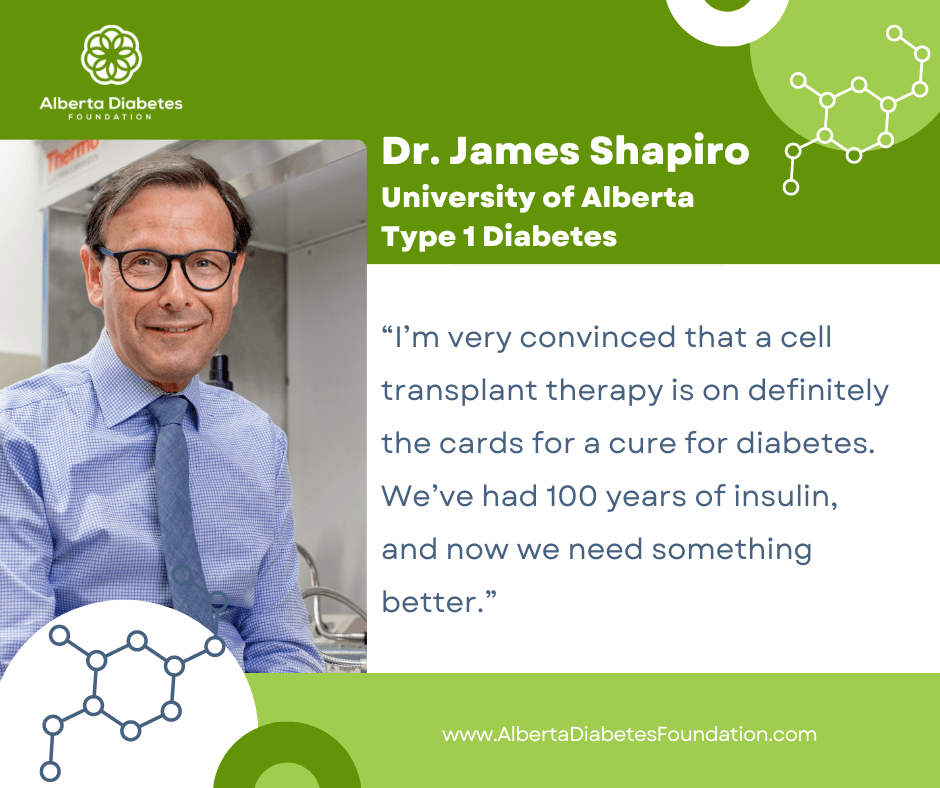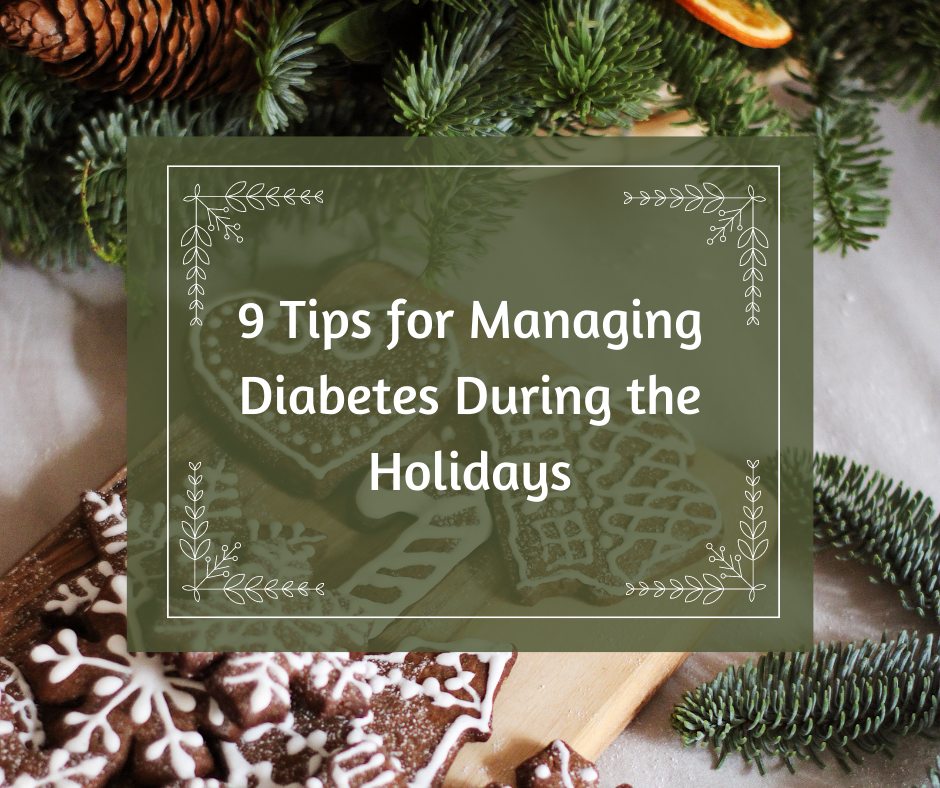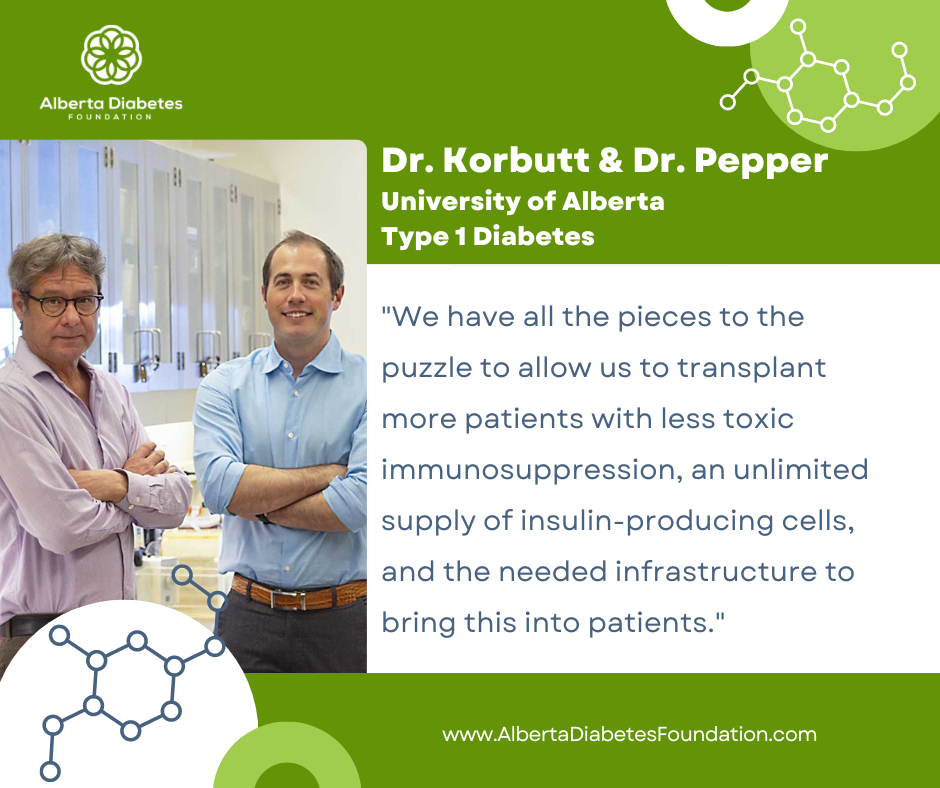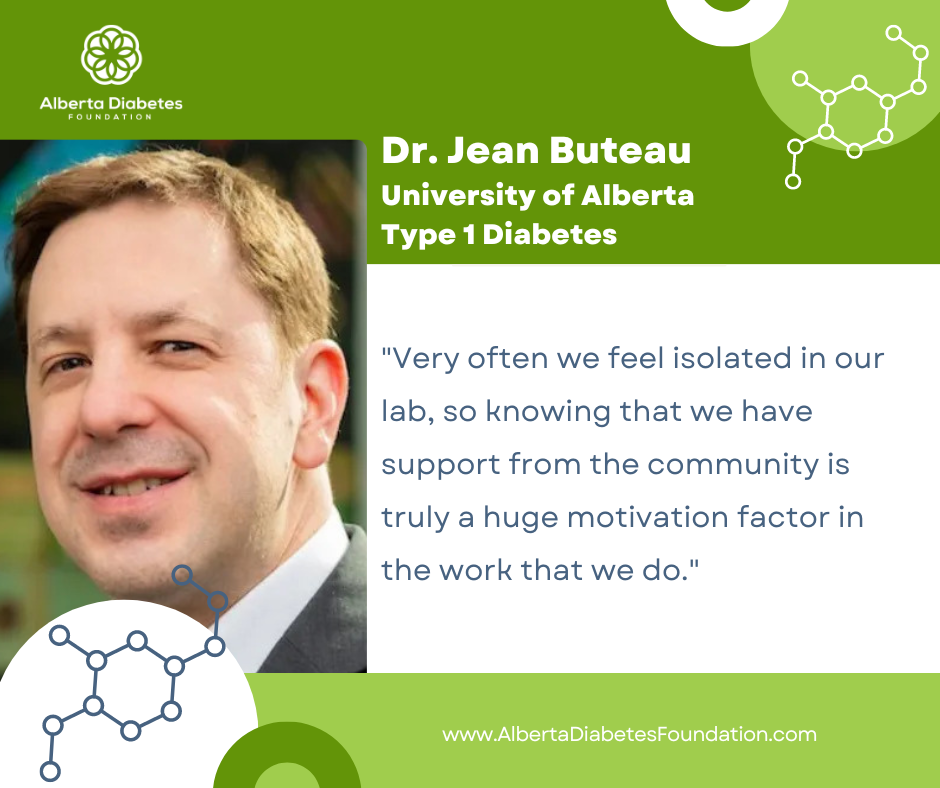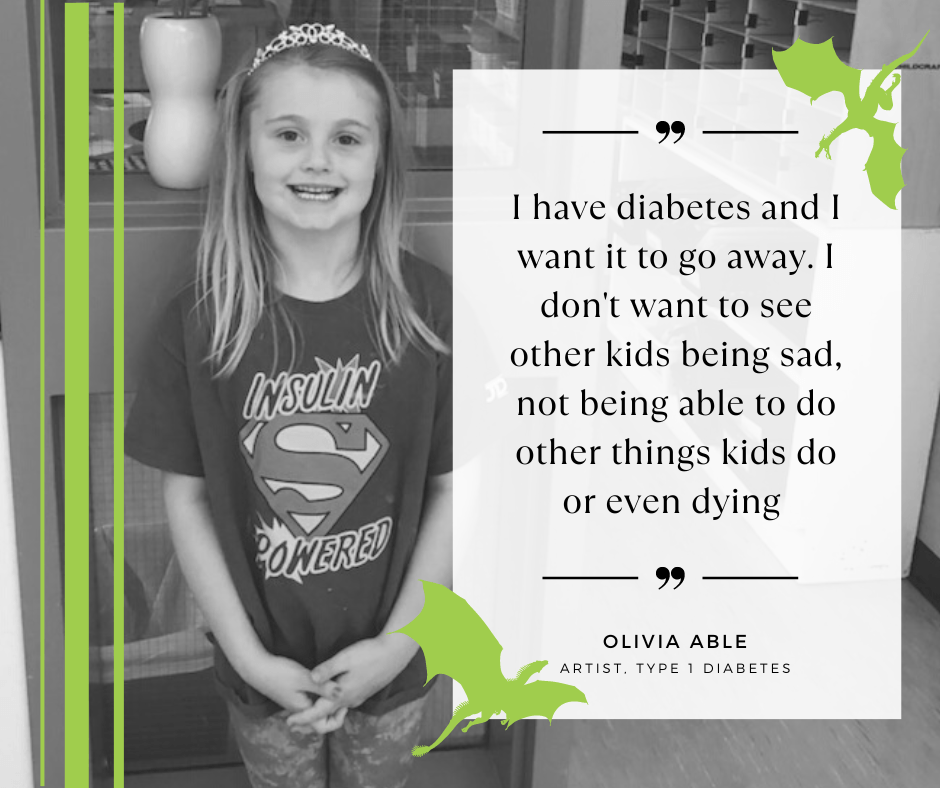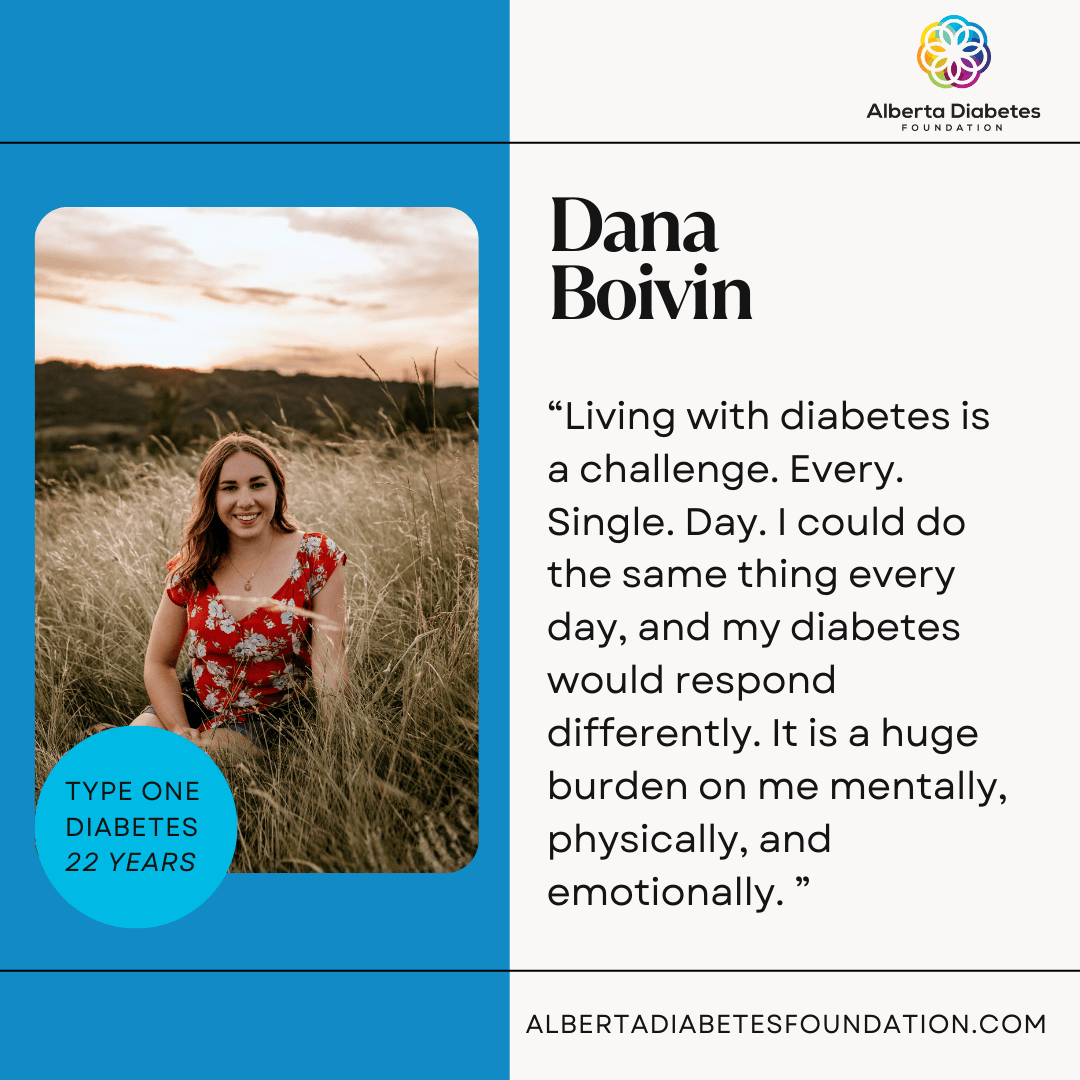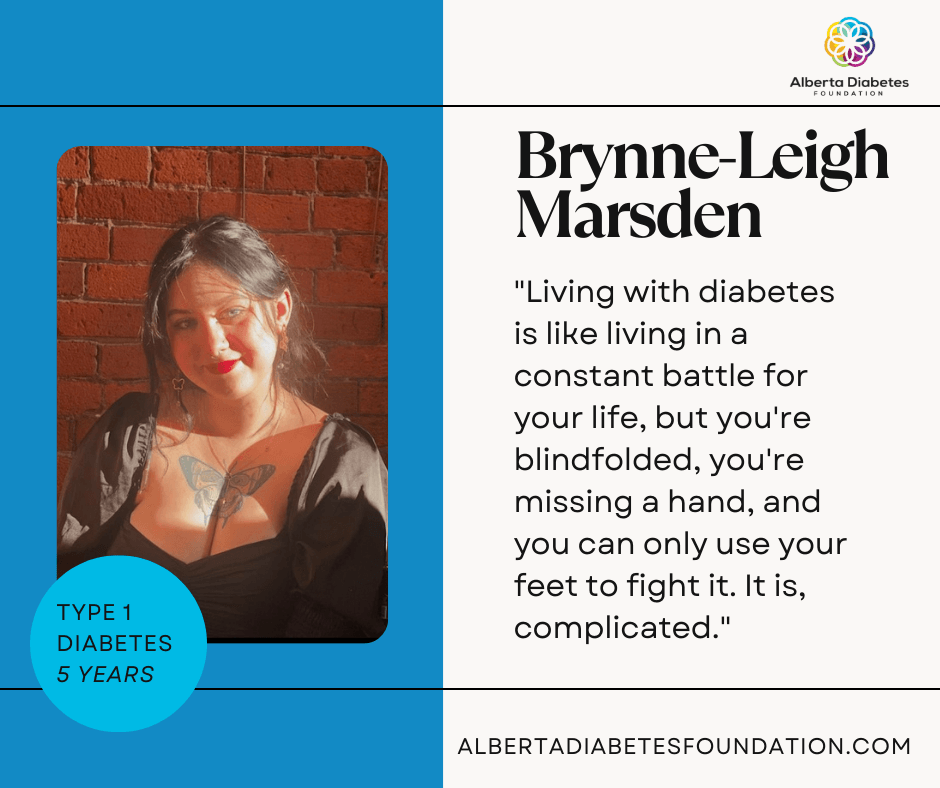Get Hooked on Salmon
by Erica Brown, RD
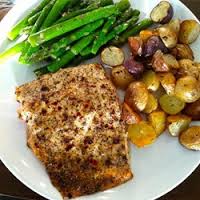
There are a lot of foods trying to reel you in with claims about their supposed health benefits. The problem with these so-called superfoods is it muddies the water when it comes to other foods that are readily available and swimming in nutrition.
But there’s nothing fishy when it comes to salmon’s health claims. Not only is it delicious; it's also full of potent heart-healthy and anti-inflammatory properties. Plus it's quick and easy to cook, making it a reel winner for busy families.
A Total Catch
When it comes to fish, salmon it truly the catch of the day. Its juicy pink flesh is brimming with protein and energy-boosting B-vitamins. It's also loaded with important minerals like potassium , selenium and phosphorus.
But that’s not all: salmon is one of the few foods that naturally contains vitamin D, which is very important for bone health if you're living in the north, since it helps with the absorption of calcium.
It's not a small amount, either! A three-ounce serving can contain as much as 500 international units (IU) of this superstar vitamin ( 1 ). That's more than 80% of the daily-recommended amount for children and adults under 70.
Plus, canned salmon—with the soft edible bones—provides a generous amount of calcium. The calcium/vitamin D combo gives you a double-dose of bone-building benefits.
Mega Health Benefits
If that wasn’t bait enough, salmon is also loaded with heart-healthy, brain-boosting omega-3 fatty acids. They're good for your ticker in a few ways, improving blood vessel function, reducing the risk of stroke and helping to lower triglycerides, a blood fat linked to heart disease ( 2 ). That's just the beginning. They also reduce inflammation and lower blood pressure.
Omega-3 fatty acids may also guard against type-2 diabetes, cancer and Alzheimer's disease ( 3 ). Plus, they promote healthy nerve, eye and brain development. If that isn't enough to send you straight to the fish aisle, I don't know what is!
From (Fish) Farm to Fork
Chinook or Sockeye, farm-raised or wild-caught, all salmon is a healthy choice. To reel in all the benefits, Health Canada recommends you consume fish like salmon at least twice a week. Thanks to flash freezing and air deliveries, it’s easy for even land-locked salmon lovers to enjoy this delish fish all year round.
Baked, broiled, grilled or poached—the possibilities are endless when it comes to cooking salmon. Just keep in mind although salmon is healthy, eating it battered and deep-fried isn’t going to do any wonders for your heart or your waistline.
Still not hooked? Try these tasty ways to enjoy salmon:
- Grill salmon on the barbecue with lemon and dill for a healthy and tasty dinner.
- Top a green salad with leftover salmon for an easy lunch on the go.
- Make a salmon salad sandwich with canned salmon, a little mayo, diced green onions and celery.
- Whip up some baked salmon cakes and serve with creamy dill sauce.
- Toss flakes of baked salmon with cooked pasta and alfredo sauce for rich and creamy dish.
For a recipe that never flounders, try the Orange-Glazed Salmon over Sautéed Spinach from the Pure Prairie Eating Plan Cookbook. It's o-fish-ally delicious!
References
1) Canadian Nutrient File (2015). Nutrient Profile: Fish, salmon, pink (humpback), baked or broiled. Retrieved from: https://food-nutrition.canada.ca/cnf-fce/report-rapport.do
2) Heart and Stroke Foundation (2017). Healthy Eating: Dietary Fats, Oils and Cholesterol . Retrieved from: http://www.heartandstroke.ca/get-healthy/healthy-eating/fats-and-oils
3) Mayo Clinic (2013). Drugs and Supplements: Omega-3 fatty acids, fish oil, alpha-linolenic acid . Retrieved from: http://www.mayoclinic.org/drugs-supplements/omega-3-fatty-acids-fish-oil-alpha-linolenic-acid/eviden...
LET'S WORK TOGETHER TO FIND A CURE.
VISIT US
1-020 Li Ka Shing Centre
University of Alberta
Edmonton, AB, T6G 2E1
Office Hours
Monday-Friday 8:30-4:00
If you would like to set up an appointment at our office, please set up an appointment by contacting us at
info@abdiabetes.com
